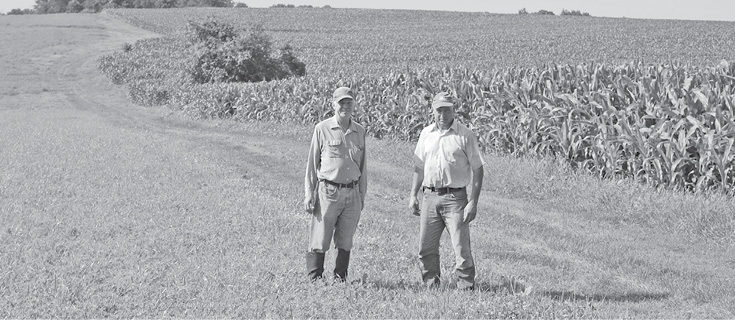No-Till Farmer
Get full access NOW to the most comprehensive, powerful and easy-to-use online resource for no-tillage practices. Just one good idea will pay for your subscription hundreds of times over.

NAME: Steve and Bill Bailey
LOCATION: Chatfield, Minn.
YEARS NO-TILLING: 20
ACRES NO-TILLED: 1,350
CROPS NO-TILLED: Corn, soybeans, alfalfa
Looking back, it seems like we did everything we could to make sure no-till wouldn’t work. But it fooled us.
That was 20 years ago, during a wet spring when weather pushed planting well beyond the recommended window.
Frustrated, we attached a no-till coulter onto a conventional six-row planter. We used that rig to plant directly into 10 acres of alfalfa sod. The rest of the corn ground was worked with a field cultivator and soil finisher, a typical conservation-till system at the time.
Because of the delayed planting, we also couldn’t make timely herbicide applications for optimum weed control.
We figured the no-till experiment had three strikes against it: too wet, too late, too much competition. Come fall, however, we couldn’t believe it when no-till corn shelled out 20 to 30 bushels per acre better across the field than conventionally tilled corn.
We farm about 1,350 acres — 800 corn, 250 soybeans and 300 alfalfa — in southeastern Minnesota. The topography varies. Many acres are classified as highly erodible, but most fields have less than 5% slope.
Roughly two-thirds of our corn acreage is in continuous no-till. Some of it has been continuous corn since we started no-tilling in 1990. After harvest, we run beefs cows on the continuous-corn stubble.
After that eye-opening no-till trial, we were determined to shift from the conventional-tillage system we…